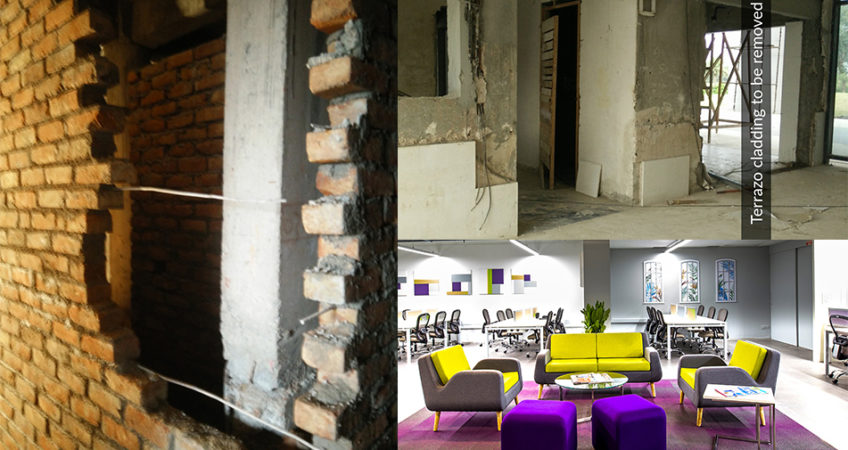
The L1 Story
Somewhere, sometime, there might have been some logic in the lowest bid being the best.
In my experience, however, it is the mindless granting of contracts to firms that may be aggressive in bidding, but may take short-cuts in the execution. This causes unnecessary expenditure in the redoing of work that should have been done well in the first place.
Many years ago, while I was doing Sunil Mittal’s residence, he asked me to step in and do their corporate office in Mehrauli – apparently the L1 had backfired, and they were in a mess! There was no question of another L1. We went in, audited the work, took much of it apart, and redid it to last, at a higher cost than their L4! A waste of time and money for Bharti Airtel Ltd.
In my own office, it has taken us 2 months to determine what our IT solution is going to be. The lowest cost – yes – but at what cost? The L1 specifications we were looking at will be outdated in a year. The 25% higher quote warned us of this and recommended something else. Loved that they bothered to do that!
In a typical L1 scenario, the tender has been drawn up based on outdated specifications and methods, a cut-paste job. Item rates are filled in as target rates based on current market prices. Just remember:
- The lowest price bidder tends to compromise.
- Technical compliance commitments are not met.
- Product reliability is an issue.
- Long term the work done or the product is unsustainable.
- Maintenance is high cost after defect liability period.
The L1 may not be the best for your company. However, newer technology and new products in the market can change the bottomline! So keep exploring the options!




